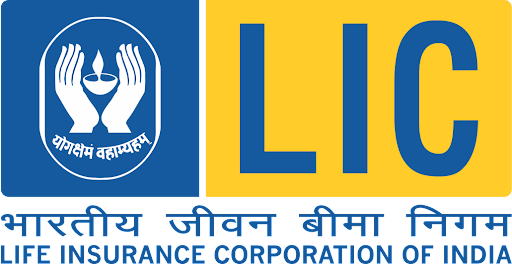Great Service
Trademark

Trademark
If you’re starting a new business or trade, a logo, name or signature is the first thing you choose to separate yourself from the rest. A “trademark” is that symbol you will use to do so. Registering a trademark is a legal process provided for under the Trade Marks Act, 1999. Trademark registration is, however, a long process involving multiple steps. In this article, we cover the trademark registration process in India.
Trademarking
Trademarks, copyrights, patents, designs and trade secrets generally are described as intellectual property or intangible property because they are property rights that cannot be touched or felt, unlike personal property (e.g., a car) or real property (land). The terms, however, define different things.A copyright protects the original way an idea is expressed, not the idea itself. It includes artistic, literary, dramatic or musical works presented in a tangible medium, such as a book, photograph or movie. Software can also be protected by copyright. This protection is given to works to prevent unauthorized copying. Copyrights have a fixed term but do not require registration and can be valid internationally.A patent protects the implementation of a new and useful idea, which includes a process and/or a machine. Patent protection is granted by governments, providing an inventor with exclusive rights to make, use and sell a patented invention. Patents have a fixed term and are territorial – that is, the patent must be protected in each country where you want to be able to assert your rights.
Providing Services In
-
Trademark Registration
-
Trademark Objection
-
Trademark Assingment
-
Trademark opposition






